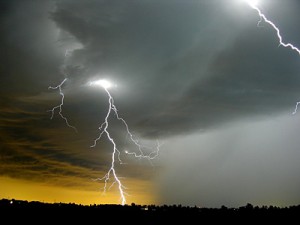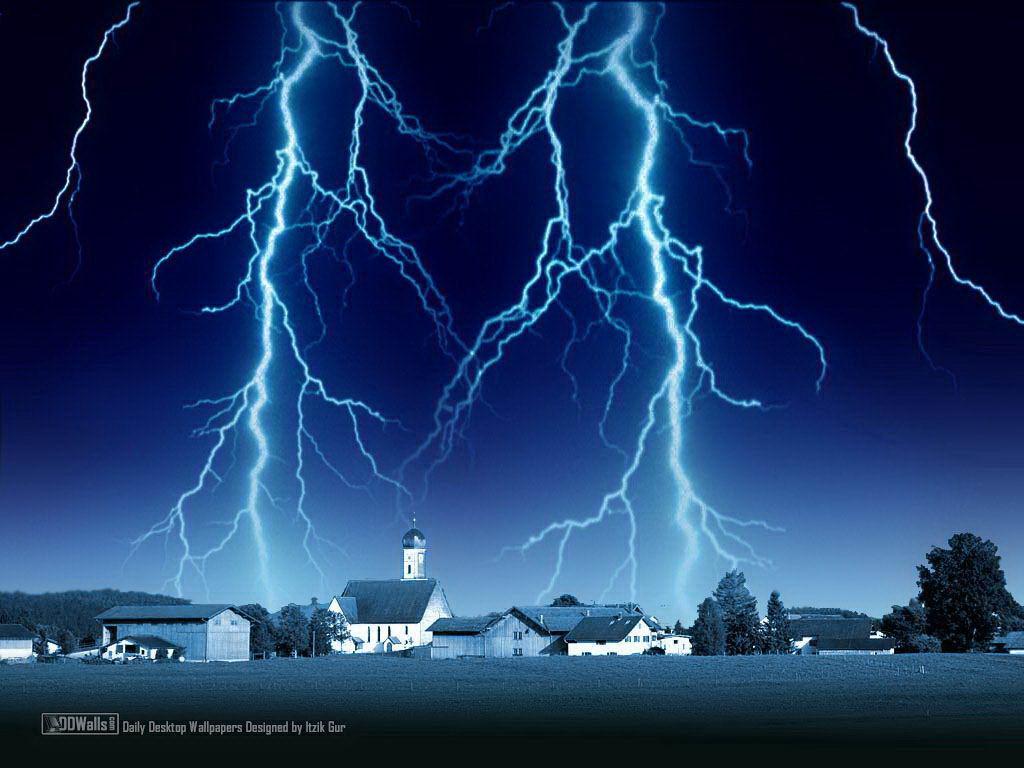 Lightning Outdoor Safety Tips
Lightning Outdoor Safety Tips
The best defense is to avoid lightning. Here are some outdoor safety tips that can help you avoid being struck:
Do
Be aware – Check the weather forecast before participating in outdoor activities. If the forecast calls for thunderstorms, postpone your trip or activity, or make sure adequate safe shelter is readily available.
Go indoors – Remember the phrase, “When thunder roars, go indoors.” Find a safe, enclosed shelter when you hear thunder. Safe shelters include homes, offices, shopping centers, and hard-top vehicles with the windows rolled up.
Crouch close to the ground and separate – If you are caught in an open area, crouch down in a ball-like position (feet and knees together) with your head tucked and hands over your ears so that you are down low with minimal contact with the ground. Do NOT lie down. Lightning causes electric currents along the top of the ground that can be deadly over 100 feet away. Crouching down is the best combination of being low and touching the ground as little as possible.
Separate – If you are in a group during a thunderstorm, separate from each other. This will reduce the number of injuries if lightning strikes the ground.
Remember the 30-30 rule – The main lightning safety guide is the 30-30 rule. After you see lightning, start counting to 30. If you hear thunder before you reach 30, go indoors. Suspend activities for at least 30 minutes after the last clap of thunder.
Don’t
Stay in open vehicles, structures, and spaces – During a thunderstorm, avoid open vehicles such as convertibles, motorcycles, and golf carts. Be sure to avoid open structures such as porches, gazebos, baseball dugouts, and sports arenas. And stay away from open spaces such as golf courses, parks, playgrounds, ponds, lakes, swimming pools, and beaches.
Stay near tall structures – Do NOT lie on concrete floors during a thunderstorm. Also, avoid leaning on concrete walls. Lightning can travel through any metal wires or bars in concrete walls or flooring.
via Lightning Safety Tips | Lightning.
 Lightning is one of nature’s most awe inspiring and dangerous phenomenon. The average lightning flash could light a 100-watt light bulb for more than 3 months! The temperature of a lightning bolt may reach 50,000 degrees Fahrenheit which is hotter than the surface of the sun!
Lightning is one of nature’s most awe inspiring and dangerous phenomenon. The average lightning flash could light a 100-watt light bulb for more than 3 months! The temperature of a lightning bolt may reach 50,000 degrees Fahrenheit which is hotter than the surface of the sun!

